November 11th, 2023 Issue
Orchestrating A Garden Symphony / The Baptism Of The Spirit / Sowing Seeds By The Moon Phases / Keeping A Solar Progression List / Float Fishing #6 Split Shot / Fly Tying #6 The Brown Hackle Peacock
Don’t Miss Out On The Full Series Of Articles
The articles in each issue of this newsletter, are part of a teaching series. In order to get the full benefit of what is being taught, you will definitely want to read the previous newsletters. If your email provider is not able to show you the full newsletter, then you can follow this link to go to my Substack website, where you will find all the past issues in their entirety. I hope you are enjoying the content. Craig Schaaf
Orchestrating A Garden Symphony
In order for a great music composer to write a symphony, they first must have an in depth knowledge of each of the instruments they will seek to blend together. Each instrument has its limitations, even in the hands of a prodigy. Likewise your garden is dependent on how much you understand about each plant you seek to grow. The more species you have growing, the more resilient your garden will be overall. But the more species you include, the more focused you need to be on educating yourself, about each one.
In my two favorite gardening books, each author realized the importance of this task. In Eliot Coleman’s, Four Season Harvest, he has a section in the back of the book, he calls his Cast Of Characters. It takes each crop that Eliot is focused on and shares important gold nuggets of information that will aid you in your success. In John Jeavons’ book, How To Grow More Vegetables, he gives wonderful spreadsheets of information covering an amazing amount of different plants.
When I was first learning, I took a notebook and started keeping track of everything I was learning about different plants. For instance, Cornell University had done research on mulches with raspberries. They found that raspberries, mulched with maple leaves, consistently gave berries with the highest brix levels. A refractometer measures the “brix” of a liquid. It is telling you the amount of dissolved solids found in that liquid. These solids will be sugars and minerals. The healthier a plant is, the higher level of brix its juices will record. So Cornell’s research basically showed that the healthiest mineral dense raspberry plants are attained from mulching with maple leaves. So now I understand an important key to laying out my quilt plot for raspberries.
As I studied each of the different plants I wanted to grow, I recorded all the important information I came across. I have had many people comment to me about my encyclopedic mind. Well in a sense, I have been writing an encyclopedia all these years mentally, to learn all I can about what makes each plant tick. But it is something each person needs to do for themselves. Every garden that ever exists will be different, for a multitude of reasons. Climate, soil, the preferences of the gardener in an amazing amount of ways.
My reason for educating you, is not to get you to copy exactly what I am doing. But rather to teach you general principles that you can work with as you educate yourself. I have friends that live quite close to me, that have soil that is totally different than mine. They have had to learn how different plants will respond to their unique situation, and be observant and innovative enough to improve it over time. Part of this education is trial and error. Growing sweet potatoes in a northern climate and seeing what happens. Then tweaking it the following season, to see what works best. The important thing is your ability to learn from what you experience.
A word of advice to you, don’t ever lock in on one “method”. If the Lord gives me another 30 years to garden, I am sure it will look very different than it does now. My knowledge and experiences are evolving. So will the application of that knowledge. I have friends that have developed “methods” and are locked into them for various reasons. When something new comes along that is radically different than what they have recommended, but is better than what they are presently doing, they find themselves caught. There are a number of things I have learned the last several years, that have totally changed how I approach my garden planning.
As you make your lists for each crop, consider as many things as you can. What other plants are companions or antagonist? What are the preferred soil temperatures for seed germination and their growth cycle? What kind of mulches will create the microbiome that will nurture this plant the most? What are possible season extension techniques that would allow you to grow them earlier, later, or grow at all, if it is a crop that cannot grow where you live without protection? Is this plant better direct seeded or grown as a transplant? What size soil blocks are needed if grown as a transplant? How is the crop harvested? How is it stored for future use? How are the seeds saved and maintained? What pruning techniques are the best? How do they prefer to be watered? What is the best time of the day to harvest? How many calories are there per pound consumed? How long will the seeds store, under ideal conditions? What kinds of pests and diseases are an issue in my area, and what can be done to avoid them? What causes this plant to become stressed the most? What other plants share the same pest and disease issues, and should be avoided in rotation, and in placement next to each other during the growing season? The list could go on and on.
I personally like to use spreadsheets for keeping track of this kind of information. You could use many of John Jeavon’s data points to begin with and expand your categories as you learn more. With a good spreadsheet the sky is the limit and it is really easy to find the information and compare it as well. God bless your efforts!
Understanding The Purpose Of The Baptism Of The Spirit
Hebrews 6:1-2 Therefore leaving the principles of the doctrine of Christ, let us go on unto perfection; not laying again the foundation of repentance from dead works, and of faith toward God, 2 Of the doctrine of baptisms, and of laying on of hands, and of resurrection of the dead, and of eternal judgment.
There’s a lot we could unpack in these verses, but I’m going to focus on this idea of the doctrine of baptisms. Baptisms of course is plural, this is telling us that there are multiple baptisms.
To gain a richer understanding of true baptism, you need to understand it really is an illustration that has its roots in the garment industry of the day. The Greek word bapto, was used to describe the process of taking a woolen skein, immersing it in a dye, and coming out with the identity of the dye, fully saturating it.
Strong’s Definition:
βάπτω
baptō
bap’-to
A primary verb; to whelm, that is, cover wholly with a fluid; in the New Testament only in a qualified or specific sense, that is, (literally) to moisten (a part of one’s person), or (by implication) to stain (as with dye): - dip.
Therefore all the baptisms a Christian undergoes, by the Spirit, are about identifying with Christ. The baptism of water, is to publicly proclaim your desire to repent of living your own dead works, and identify with Him, by dying to self and receiving His resurrection Life. The baptism of the Spirit, is receiving that Life, that gives you the power and anointing, too actually have his identity manifest through you. The baptism of blood, is identifying with Him in His sufferings. Jesus Himself went through each of these baptism.
Being Baptized In The Cloud
So have you ever studied how the children of Israel knew when it was time to move their encampment, or how long to stay in one place. You should read Numbers chapter 9 to get the full picture, but this verse will help you understand.
Numbers 9:22 Or whether it were two days, or a month, or a year, that the cloud tarried upon the tabernacle, remaining thereon, the children of Israel abode in their tents, and journeyed not: but when it was taken up, they journeyed.
They knew what to do, by keeping a close eye on the cloud over the Tabernacle during the day, or the fire at night, to see when it would move. I point this out, because the Apostle Paul uses this cloud as an illustration of baptism.
1st Corinthians 10:2 And were all baptized unto Moses in the cloud and in the sea;
The Lord wants us to understand an important principle about walking with Him, that His timing is critical. Let’s look at two examples from Christ’s life that can shed light on this.
In Matthew 8:14-15 Jesus goes to Peter’s house, and finds Peter’s mother-in-law is sick, and He heals her. Then people come from all quarters, wanting to be healed and having demons cast out by Him. The next morning Jesus gets up early, and goes to pray, and the disciples go looking for him wondering where He’s gone. They don’t understand why He had left, when God had done so much. But Jesus explained to them, that the Father has work for them, in other places instead.
The next example is when Lazarus is sick, and the disciples don’t understand why He isn’t going to him, to heal him. In both of these examples the prevailing thought of those that weren’t watching the cloud, was to do the opposite of what the Father was wanting. But Jesus had his eyes on the cloud, and he knew when to move, and he knew when to stay, therefore he knew how to do the Father’s will.
It’s the abiding presence of the Holy Spirit within someone, that gives them this kind of discernment. This is why Jesus was so discerning about Satan’s temptations. He had been baptized in the Spirit, at His water baptism, and as He had spent time with the Father in the wilderness. He had fine tuned His “cloud watching”. Therefore He was able to resist trying to manipulate the puzzle pieces, like we talked about in the last issue of the newsletter.
1st Corinthians 2:14 But the natural man receiveth not the things of the Spirit of God: for they are foolishness unto him: neither can he know them, because they are spiritually discerned.
Learning To Wait, As You Minister Life In Christ
Romans 12:7 Or ministry, let us wait on our ministering: or he that teacheth, on teaching;
I was sitting in a meeting years ago, and as I was seeking the Lord, and preparing my heart for the meeting to start, the Lord shared a word with me. It didn’t make a lot of sense, and didn’t seem to have any correlation with what had begun to transpire as the meeting began. So I held it, and just waited. In fact, if I would have shared what the Lord had said to me, everyone would have looked at me strange. The whole meeting went by, and at the end someone was praying, and the Lord told me to share what He had said to me. I did, and a brother broke down in tears and confessed something that needed to be openly confessed. At that exact moment, the word made perfect sense. Five minutes earlier and it wouldn’t have been fruitful. This is an example of “waiting on our ministering”. God could have shared with me, what He wanted me to say, at the moment He wanted it shared. That is most often what He will do. Sometimes though, He will share things with us before hand. In a small way, it is teaching us the importance of waiting on Him. It also builds our faith in a unique way.
Have you been baptized in the sea and in the cloud? Have you identified with Him publicly, receiving a baptism of water, and making a public proclamation, of your intent to be His disciple and repent of living your own life? Then have you received the baptism of His Spirit, so you can have the anointing and power to have His identity flowing through you, and manifesting His Life to a world that walks in darkness? If you have, are you allowing God to fine tune your cloud watching? Remember God resists the proud, but pours out His Grace upon the humble. Humble yourself, and look to Him, having Him flow through you, is why you were created, and it doesn’t get any better than that!
If you know someone you think would benefit or enjoy this newsletters content, please take time to share it with them. Thank you!
Sowing Seeds By The Moon Phases
Years ago when a friend mentioned sowing seeds by the phases of the moon, I was a little skeptical at first. He went on to explain how, of course, the moon’s gravitational pull could cause huge fluctuations in the ocean’s tides. Why would I think it wouldn’t affect the germination of a seed? After he pointed that out to me, I was game for some trials!
The moon’s gravity has the greatest influence during the full stage. The earth’s gravity is stronger during new moon phase.
It only makes sense, since God designed roots to grow most during a darker night sky, when the earths gravity is pulling more. But foliage growth increases during times of full moon when there is more light and less of the earth’s gravity.
So, if you sow your seeds two days before the new moon, when the seed is trying its hardest to start to drive a root, the increased gravitational pull from the earth helps it. If you are planning to plant parsnips or carrots that are notoriously long germinators, you may want to start a full week before new moon.
I have sown seeds at new moon and had them come up in three days. The same seed at full moon took around 12 days. That’s great news for someone who wants to eat their first vine ripe tomato nine days earlier!
Keeping A Solar Progression List
I want to share a concept with you that will help you learn to predict events on your homestead, and favorite foraging locations, from year to year. I learned this idea from a fishing friend. He has used it with great success over the years, and it applies to so many realms.
In our area, the old timers know that when the wild black berries start to blossom, the big bluegills are starting to spawn on a certain lake. (You noticed I didn’t tell you which one!) How is it that a plant can tell you what a fish is doing? Because both of those occurrences are based on the same amount of solar energy being received from the sun. It’s like clock work every year. Does this date change from year to year? Absolutely! But they will continue to coincide no matter how many weeks are different from year to year.
I’m going to encourage you to start a solar progression chart each year. The more species you include in it, the more accuracy you will experience with your predictions. Over time, you will learn that when a certain flower blooms, you will be harvesting your garlic 5 days from then. You can learn the precise day your fruit tree will blossom by watching other species that blossom just before each year.
I also keep track of the arrival of certain birds each spring. This is not as accurate, because it is less dependent on solar energy. The flower is being cued by the soil temperature. The fish is being cued by the water temperature. Both of these are responding at the same time to the same amount of solar gain. I like the birds on my list though, as another point of reference, I just don’t depend on them for accurate predictions.
Now a nuance you have to understand is that you need to watch a certain group of daffodils, not just any group from year to year. Daffodils in my front garden would blossom 2 weeks before ones in my back field. The solar energy collected in those two areas is totally different.
Fly fishermen can learn to predict when certain insect hatches will occur on a favorite stretch of river, based on when a certain flower blooms in their yard!
In our area if you were to talk to some of the really old farmers they would tell you they know the conditions are right to plant corn, once the oak leaves are the size of a squirrel’s ears. They were taught this from their grandfather. Oaks in our area are some of the last trees to leaf out. I have seen several times when the Sugar Maples will be fully leafed out, and we still get a really hard frost in the 20’s. But by the time the Oaks are leafing out, the weather is usually quite settled. But the date that the Oak leaves appear, changes from your to year. (Sounds like something that should be in a poem)
If you’re a mushroom hunter, you will learn which flowers blossom a few days before the big morels start to fruit in your most productive spot! This is why I am including this in your foraging lesson. Once you get an accurate list established for your homestead, that includes what is happening around home and at your most important foraging locations. You will know accurately when to go foraging and make the most of the time.
The more diversity you have on your homestead, the more healthy it will be. Now you can see another reason to surround yourself with diversity. It will give you way more prediction points to be able to keep track of. Again the more species you have on your list, the more nuances you will be able to watch.
Have fun with this. You might amaze your friends with the accuracy of your predictions!
Float Fishing Lesson #6 - Split Shot
In this lesson I want to talk with you about split shot. There are many different products out there to choose from, but I want to give you some advise that will help you discern what will work best for float fishing.
The term “split shot” refers to the old time practice of taking lead reloading shot, of various sizes, and splitting them part way through so they can be attached to ones fishing line. These days you of course can purchase them ready to use. I am going to share with you European numbers, because many of the highest quality floats will tell you in writing the amount of split shot that would be required to utilize that particular float. The picture below shows some examples of the labels on the floats. The shots will range from an SSG, that is the size of a pea, down to what they refer to as “dust”, or size 13 bird shot. With many different sizes in between.
I will not get into all the different shot patterns, or ways you put shot on your line, in this issue. I will do that when we start to talk about specific fishing situations.
For many years the split shot was made of lead. Now days because of contamination concerns in the water and with handling them. Many split shot manufacturers are now using tin. There is also an emphasis on a dull to dark color. With a desire not to draw attention to the shots presences on the line. You need a very heavy soft metal though. The softness allows it to mold around the line, instead of denting or damaging it. It also allow you to slide the shot, if you want to change their placement.
Something I want to make very clear, is that you should stay away from shot that have “ears” on them, that allow you to remove and reuse them. Sounds like a great concept, but as the shot sinks or is being pushed by river currents, the tendency is for the shot to spin and have your line tangle. What you want are round shot, or egg shaped, that are not disturbed in any way.
There are shot dispensers you can buy, that will have the most common sizes all organized together. I looked on Amazon, and there are several companies that are selling good quality shot. You can also go to a fly shop. Fly fisherman will use these same shot for different applications as well. This is a great way to start. Then if you want some of the larger or smaller sizes not included, you can purchase individual containers with those particular sizes. If you want to see an example, type in to your search engine: Dinsmore split shot.
Fly Tying Lesson #6 - Brown Hackle Peacock
In this lesson we will tie our first fly. This was the first pattern my uncle taught me to tie, and is a great fly for trout and panfish. In fact it is one of the oldest fly patterns known. I hope you enjoy your lesson.
https://rumble.com/vwj4wl-fly-tying-class-lesson-6-brown-hackle-peacock.html




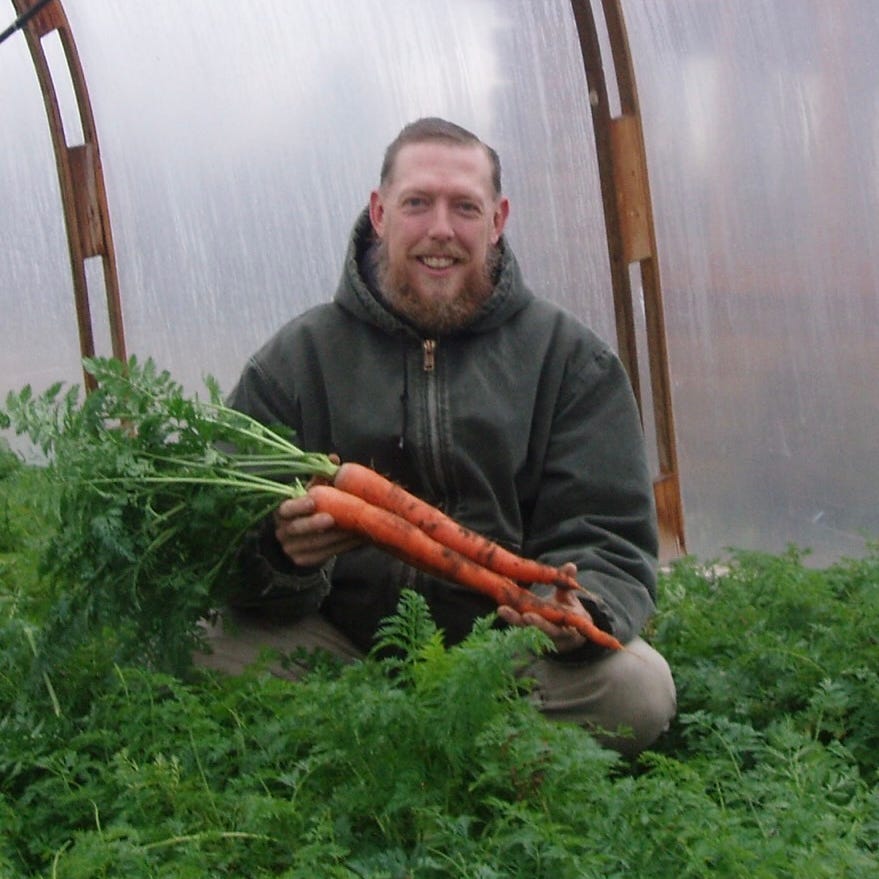


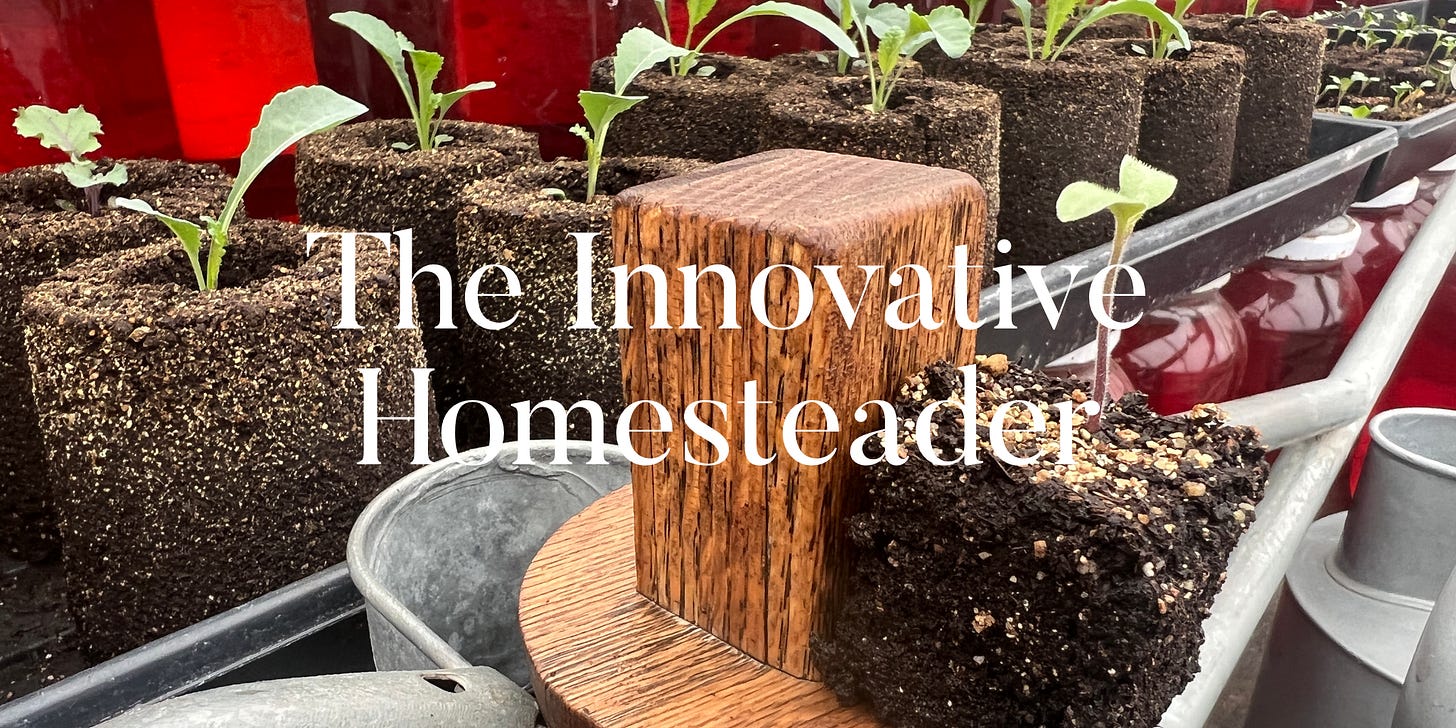
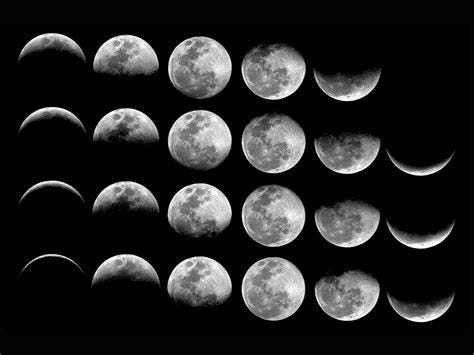


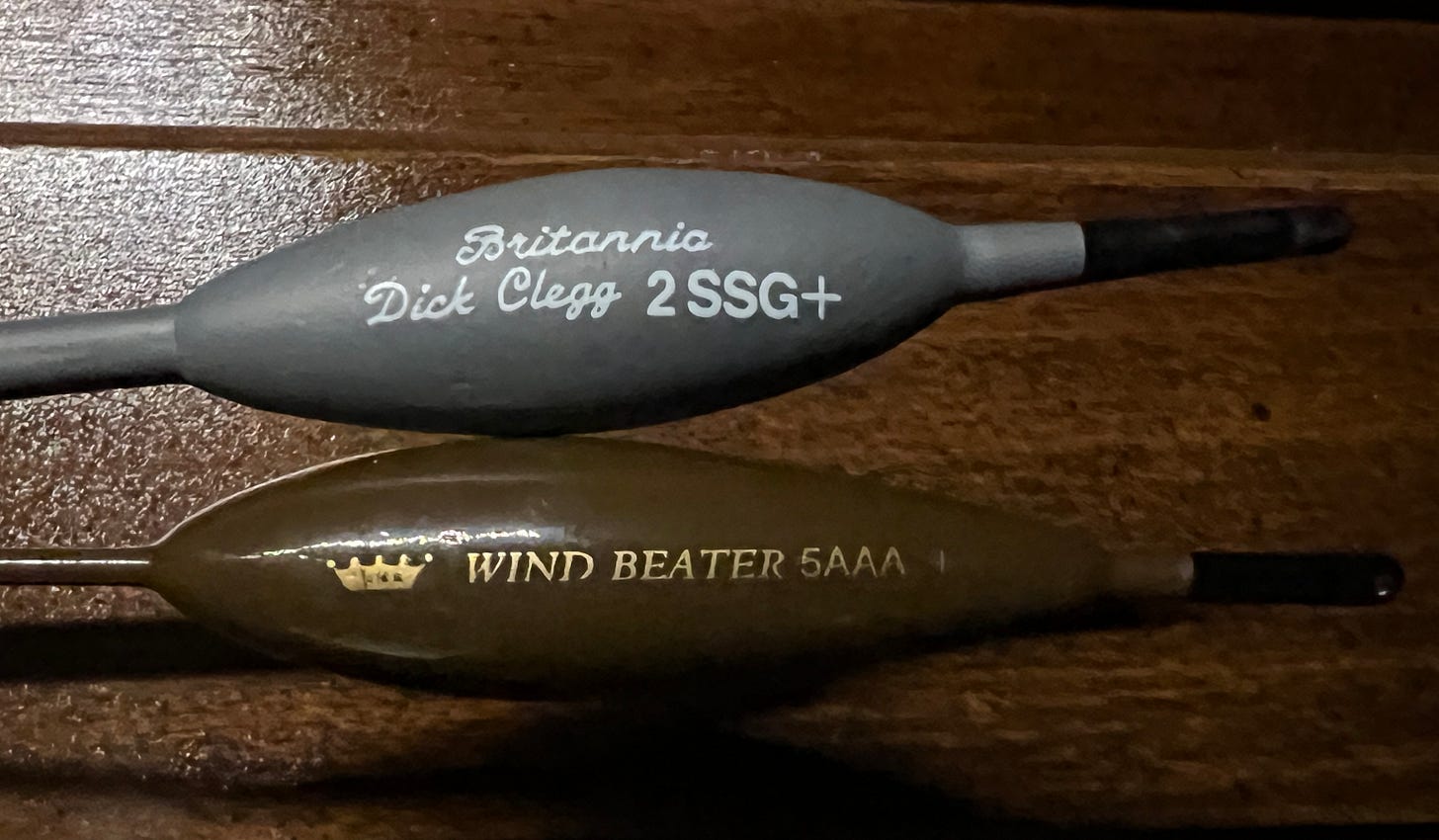

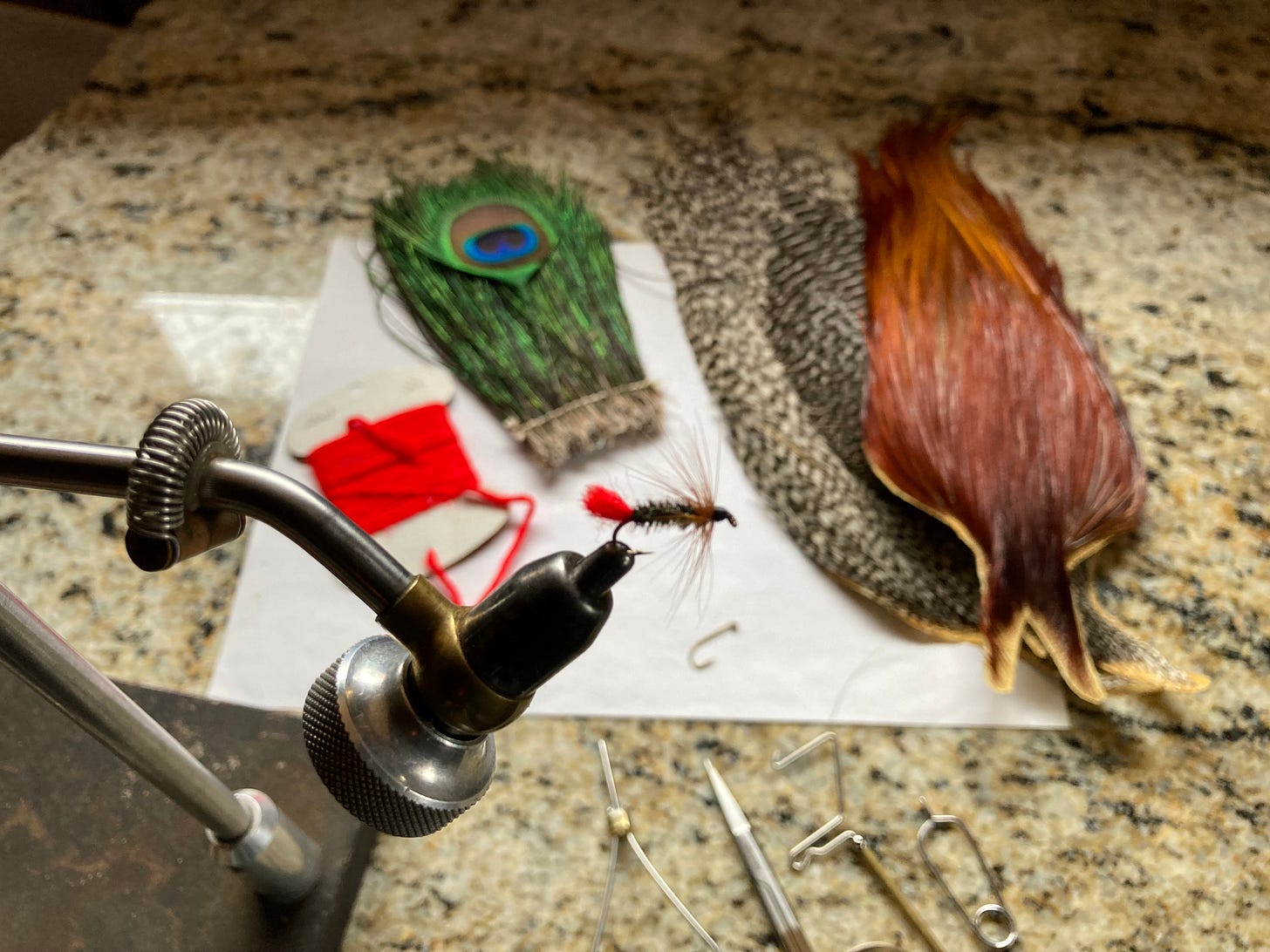

You are amazing!!